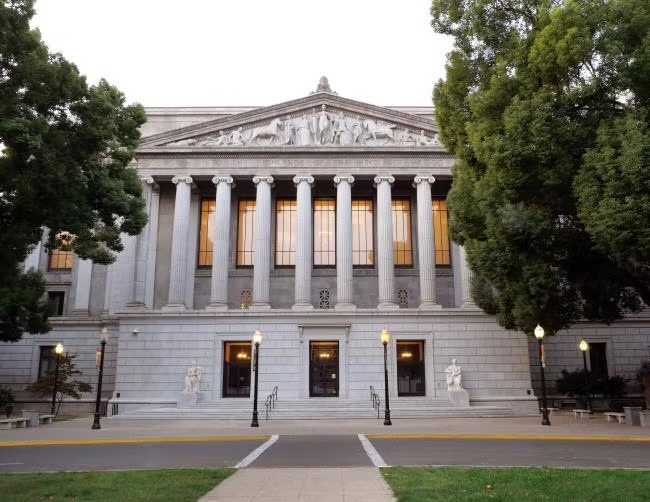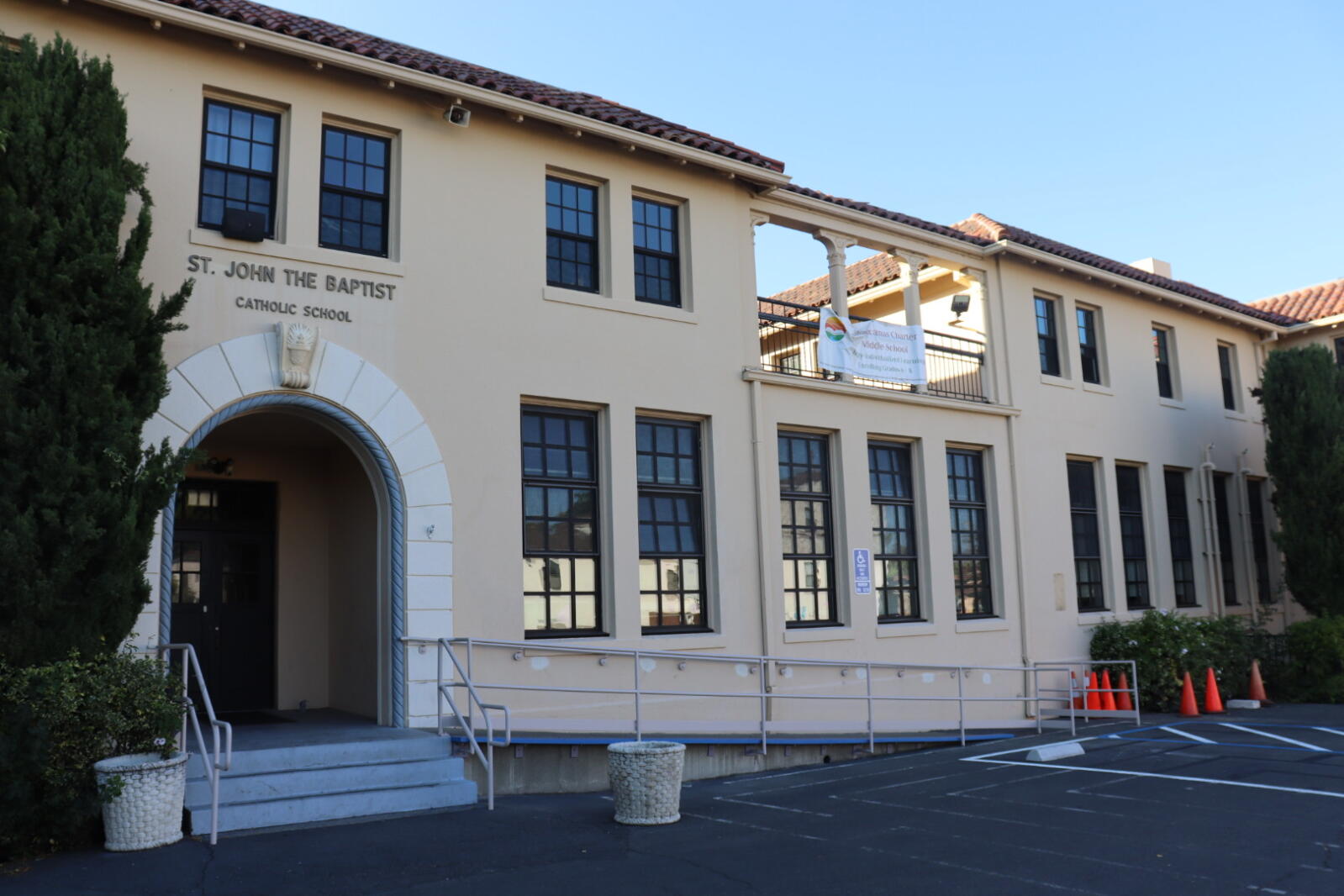Last week, a California appellate court validated a local agency’s special tax calculated on the basis of square footage of improved structures. In Dondlinger v. Los Angeles County Regional Park & Open Space District (2019) __ Cal.App.5th __ [2019 WL 395177], the Court upheld the levy of a special tax of 1.5 cents per square foot of improvement, concluding that such a tax structure did not violate statutory uniformity requirements. While the decision focused on a special district, the statute involved mirrors the statutory authority used by school and community college districts to levy parcel taxes, including the requirement that the tax be “uniform.” The Court’s reasoning in this case appears to apply with equal force to school and community college districts, addressing an unresolved question about parcel tax structure options and allowing more flexibility in tax formulas.
Background
In Dondlinger, a park district passed a special tax “on all improved parcels in the District at a rate of 1.5 cents per square foot of structural improvements, excluding the square footage of improvements used for parking” pursuant to Public Resources Code section 5566. That section requires that special taxes “be applied uniformly to all taxpayers.” Plaintiff, relying on Borikas v. Alameda Unified School District (2013) 214 Cal.App.4th 135, argued that the tax was not uniform because: (i) rate-based taxes apply unevenly to different size parcels; and (ii) the tax categorically distinguished between parking structures and all other properties. After the trial court upheld the tax as legal, the challenger appealed.
Decision
The Court of Appeal affirmed the validity of the tax, finding the tax was “uniform.” The Court concluded: “We do not read the statute to require a uniform effect or outcome, but rather uniform application. We disagree with Dondlinger’s most basic premise that the tax is not uniformly applied because arithmetic functions render outcomes different for different taxpayers based on property size, type, or use, regardless of how taxpayer is defined.” In short, the Court adopted a view that the statute only required that the rate, but not the amount, of tax be uniform across parcels.
The Court also suggested that the tax rate’s distinction between structural improvements and improvements used for parking did not run afoul of the uniformity requirement. “Each taxpayer is required to pay the same 1.5 cents per square foot of structural improvements on their real property not used for parking …. Classes of property are not treated differently; a residential garage is not treated differently from a commercial parking garage, and a house is not treated differently from an apartment building or a shopping mall.” Thus, the Court upheld the tax in its entirety.
Impact
The 2013 Borikas decision created ambiguity around whether school and community college districts were permitted to levy voter approved parcel taxes based on square footage of property improvements. While the statutory authority that Dondlinger interprets does not directly apply to school and community college districts, the Court reasoned that such an approach was not inconsistent with the Borikas decision, which placed limits on the ability of a school or community college district to impose parcel taxes. The Court’s reasoning alleviates some of the ambiguity created by Borikas and suggests that school and community college districts may levy voter approved special taxes which set a tax amount per square foot of improvement.
Dannis Woliver Kelley has experience drafting and administering parcel tax measures. If you have questions about administration of a current tax or the structure of a future measure, please do not hesitate to contact a DWK attorney in our Business and Property or Public Finance practice groups.



![25_0123 DWK 2025 BIT Thumbnail_500x500[1]](https://www.dwkesq.com/wp-content/uploads/2025/02/25_0123-DWK-2025-BIT-Thumbnail_500x5001.jpg)